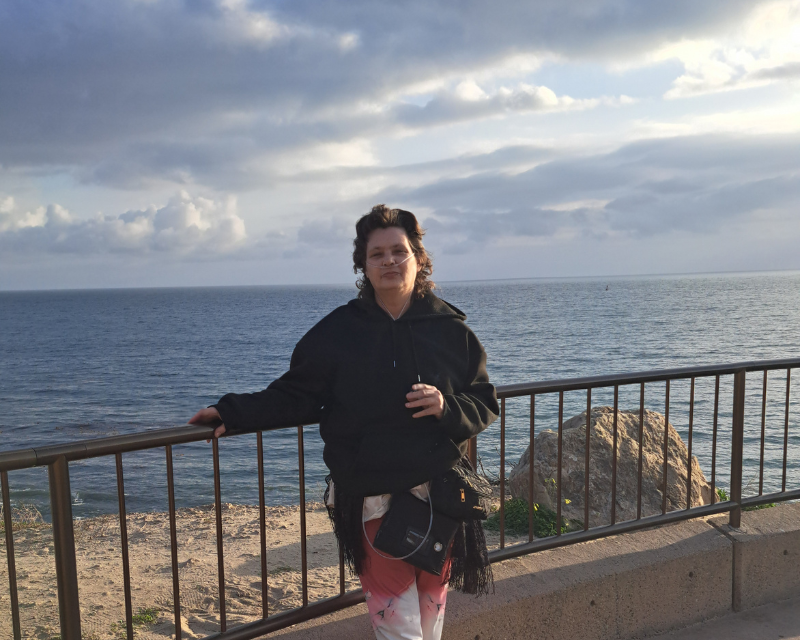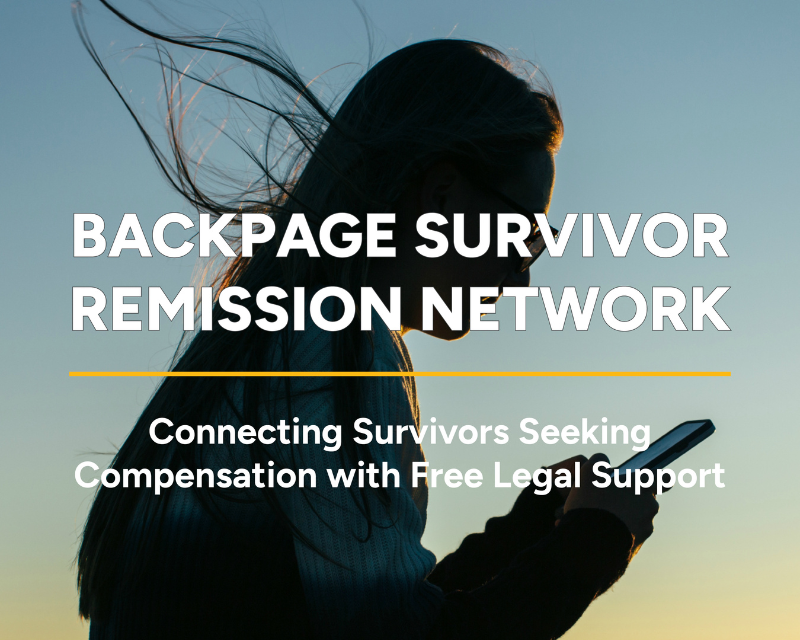
On any given night in the U.S., an estimated 1.7 million youth are without safe, reliable shelter. Nearly half of these young people have been homeless for over a week, and an astounding 20-40% identify as lesbian, gay, bisexual, transgender, queer, or questioning (LGBTQ).
Youth who experience homelessness have to overcome significant obstacles when it comes to locating safe shelter, staying safe, meeting their daily needs, and building healthy relationships within the community. They are more vulnerable to abuse, exploitation, and involvement in the criminal justice system. Homelessness can also have a long-term impact on a young person’s development, and is linked with health and mental health problems, high risk behaviors, and dropping out of school.
How does this relate to human trafficking?
A lack of safe housing is a leading risk factor for sex trafficking. LGBTQ youth can be at an increased risk because they may face unique circumstances that lead to homelessness: being kicked out of their homes after coming out to their families; escaping bullying at school because of their gender identity or sexual orientation; or running away from abusive situations or discrimination within the child welfare system.
Once homeless, LGBTQ youth are left to provide for themselves, and are sometimes left with no other choice than relying on survival sex, which involves trading sex for essential items, such as food, shelter, drugs, or money. This can be a very dangerous reality for LGBTQ youth, as LGBTQ homeless youth experience an average of 7.4 more acts of sexual violence toward them than their heterosexual peers.
A study in New York by the Urban Institute, called Surviving the Streets of New York, found that while many LGBTQ youth engaged in survival sex to meet their basic needs, a smaller percentage were trafficked by another person. Traffickers may target LGBTQ youth by promising good work and pay, or offering them the things they need most — shelter, food, love, and support. Traffickers may overtly force LGBTQ victims into commercial sex, or they may employ more subtle forms of coercion, such as leveraging a romantic connection or threatening harm to the youth or their loved ones.
What can communities do?
Learn more about homelessness and trafficking.
If we want to end human trafficking within this vulnerable population, we must break the cycle of LGBTQ youth homelessness. In order to tackle the problem, we need to know more about it. Just last week, the True Colors Fund and the National LGBTQ Task Force launched a groundbreaking new resource, At the Intersections, to provide a comprehensive account of the realities LGBTQ homeless youth face every day.
Build partnerships within your community.
According to Surviving the Streets, the majority of LGBTQ youth wanted to stop trading sex, but lacked support from their communities to do so. Partnerships between LGBTQ youth providers, anti-trafficking services providers, and law enforcement are crucial to ensuring that LGBTQ trafficking survivors receive affirming care and services through every step of their journey. These partnerships are important in building trust between providers and LGBTQ youth, providing peer education, and developing culturally competent policies and procedures. Click here to see our introductory fact sheet for LGBTQ youth providers and our guide for anti-trafficking providers.
Advocate for stronger laws in your community.
Under federal law, all minors under the age of 18 engaged in commercial sex are victims of sex trafficking. Many states have enacted Safe Harbor Laws to ensure children are directed to supportive services rather than facing punitive action. And yet, instances of youth being arrested for prostitution-related crimes continue to be reported across the country. Even more troubling, LGBTQ youth remain overrepresented in the juvenile justice system for charges related to commercial sex.
Earlier this year, the Runaway and Homeless Youth and Trafficking Prevention Act (RHYTPA) of 2015 was introduced in the House of Representatives. The RHYTPA reauthorizes the Runaway and Homeless Youth Act, and also includes important protections for trafficking victims and a commitment to not discriminate against youth based on their sexual orientation or gender identity. Take Action now and tell your member of Congress to support this bill.
Photo credit: Dillon Jones / Flickr


